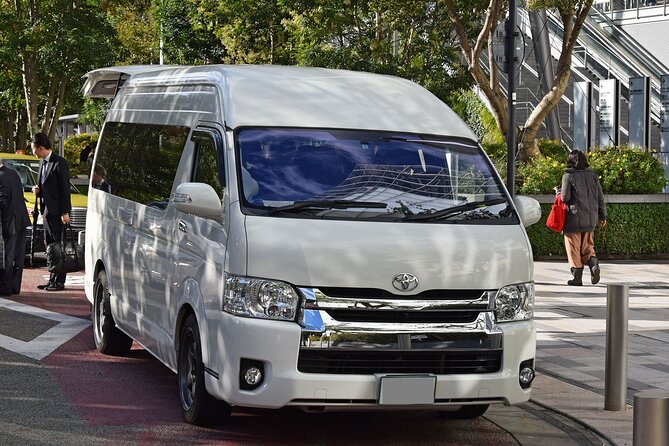Shinjuku, once a small post town in Tokyo, has undergone a remarkable transformation over the years. It evolved from a red-light district to a bustling business hub, with sleek skyscrapers replacing old commercial buildings. Today, it houses numerous corporate headquarters, the Tokyo Metropolitan Government Building, and a vibrant commercial center.
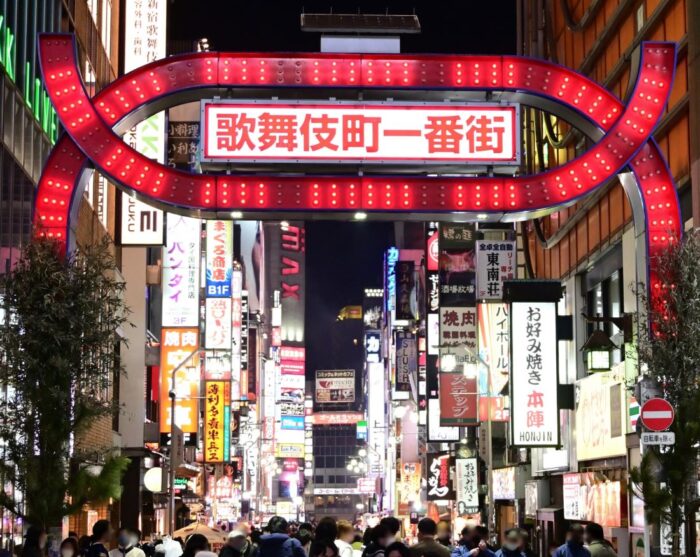
Shinjuku offers a well-connected transportation network and cultural attractions like Kabukicho and Shinjuku Gyoen National Garden. With its urban planning and innovative architecture, Shinjuku reflects Japan’s commitment to preserving its culture while embracing modernity.
Key Takeaways
- Shinjuku has a rich history dating back to the Edo period and has transformed from a small post town to a bustling business hub.
- The district experienced rapid urbanization and became a symbol of Tokyo’s economic growth, with the construction of major complexes and skyscrapers.
- Shinjuku is now home to numerous corporate headquarters and is a major commercial center with department stores and entertainment venues.
- The district offers a vibrant nightlife, cultural attractions such as the Kabukicho area and Samurai Museum, and convenient transportation options through Shinjuku Station.
Historical Background and Transformation
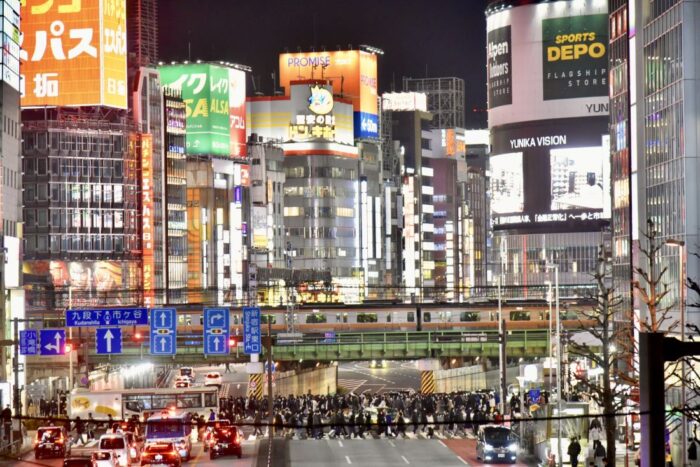
Shinjuku’s rich history dates back to the Edo period. It flourished as a red-light district and later transformed into a major transportation hub with the construction of the Tokyo Metro. This district, located in the heart of Tokyo, experienced rapid urbanization and became a symbol of the city’s economic growth.
In the 2000s, building height restrictions were eased, leading to a wave of new skyscraper construction and redevelopment. Former parking lots and old commercial buildings were replaced with sleek new skyscrapers, such as the Shinjuku Center Building and Shinjuku Mitsui Building.
Today, Shinjuku is a bustling business hub, housing numerous corporate headquarters and serving as the political and economic center of Tokyo. It also offers a vibrant nightlife, cultural attractions, and excellent transportation connections, making it a convenient base for exploring the city.
Economic Development and Business Hub
With numerous corporate headquarters and major global firms, Shinjuku has become a bustling center for business and economic development. The district is home to the Tokyo Metropolitan Government Building, symbolizing local governance and political power.
Shinjuku Station, one of the busiest railway stations in the world, connects various train lines, making it a crucial transportation hub. Department stores, shopping malls, and entertainment venues fill the district, attracting both locals and travelers.
Major international companies, such as Goldman Sachs, have established their Japanese headquarters in Shinjuku, further solidifying its status as a business hub. The Tokyo Metropolitan Government also moved its headquarters to Shinjuku, enhancing the district’s importance as the city’s political and economic center.
With its convenient location and thriving business environment, Shinjuku offers a sense of freedom and opportunity for those seeking career growth and economic prosperity.
Cultural Attractions
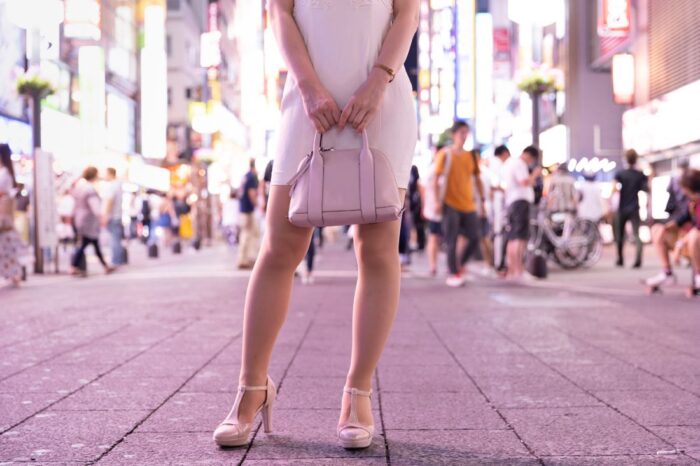
The vibrant nightlife and diverse entertainment options make Shinjuku a popular destination for those seeking cultural attractions in Tokyo. Known for its bustling atmosphere, Shinjuku offers a wide range of activities for visitors to enjoy.
One of the district’s highlights is Kabukicho, also known as the ‘Sleepless Town,’ which is famous for its numerous bars, clubs, and entertainment establishments.
For those seeking a peaceful escape from the urban hustle and bustle, Shinjuku Gyoen National Garden provides a serene oasis.
The Golden Gai district is another must-visit spot, with its narrow alleys and small bars that preserve the nostalgic atmosphere of old Tokyo.
Plus, the Samurai Museum showcases Japan’s feudal history and martial arts, offering a glimpse into the country’s rich cultural heritage.
Whether it’s exploring the energetic nightlife or immersing oneself in the district’s cultural attractions, Shinjuku offers a sense of freedom and endless possibilities for visitors to embrace.
Transportation Hub
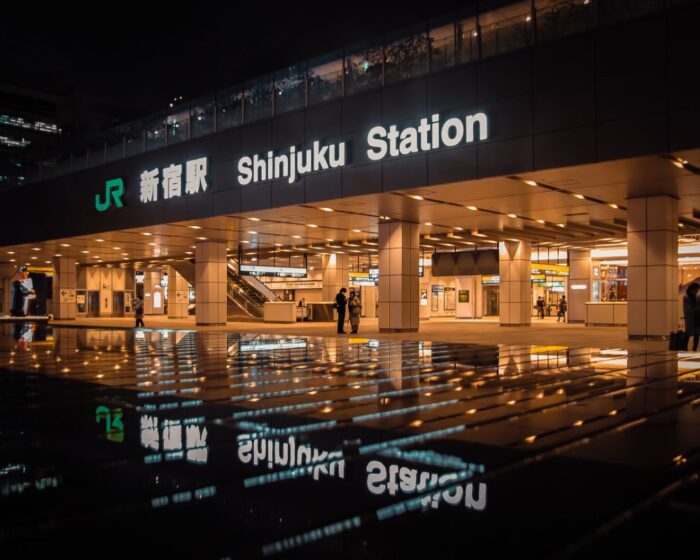
Shinjuku Station, a bustling railway hub, connects various train lines and bus routes, serving millions of passengers daily. This transportation hub plays a crucial role in facilitating travel within Tokyo and beyond. Here are four reasons why Shinjuku Station is an essential part of Tokyo’s transportation network:
- Efficient Connectivity: With its extensive network of train lines and bus routes, Shinjuku Station provides seamless connectivity to different parts of the city. Passengers can easily transfer between various train lines, making it convenient to reach their destinations.
- International Access: Shinjuku is well-connected to both Haneda and Narita airports, making it easily accessible for international travelers. Whether arriving or departing, Shinjuku Station offers convenient connections to the airports, ensuring a hassle-free journey.
- Expressway Connection: The Shinjuku Expressway Bus Terminal offers direct access to other cities in Japan. Travelers can take advantage of this convenient transportation option to explore different parts of the country.
- Convenient Base for Exploration: Shinjuku’s efficient transportation network makes it an ideal base for exploring Tokyo and its surrounding areas. From Shinjuku Station, visitors can easily reach popular attractions and landmarks, ensuring a seamless and enjoyable travel experience.
Urban Planning and Architecture
Shinjuku’s urban landscape showcases a harmonious blend of traditional and modern architectural styles, reflecting Japan’s commitment to innovation and preserving its cultural heritage.
The district’s streets are lined with a mix of traditional Japanese buildings and contemporary structures, creating a unique visual appeal. Iconic skyscrapers like the Tokyo Metropolitan Government Building and the Mode Gakuen Cocoon Tower stand tall, symbolizing the city’s progress and ambition.
Urban planning in Shinjuku aims to strike a balance between commercial and residential areas, ensuring a vibrant and livable environment. The district’s architecture is a testament to Japan’s ability to embrace modernity while preserving its rich history.
As a result, Shinjuku has become a dynamic and evolving city district, catering to the diverse needs and desires of its residents and visitors. The blend of architectural styles in Shinjuku offers a visual representation of freedom and creativity, making it an attractive destination for those seeking a truly immersive urban experience.
Future Prospects and Challenges
Despite its rapid growth and development, Shinjuku faces future challenges in maintaining a balance between its commercial and residential areas while continuing to innovate its urban landscape. The district’s transformation from a red-light district to a bustling business hub has been remarkable, but it must navigate these challenges to sustain its success.
- Ensuring affordable housing options for residents amidst rising property prices and demand from businesses.
- Preserving the district’s cultural heritage while embracing modern architectural designs and urban planning.
- Managing the influx of travelers and maintaining a harmonious coexistence between visitors and locals.
- Addressing environmental sustainability concerns and implementing green initiatives to reduce the district’s carbon footprint.
Shinjuku’s future prospects are promising, but it must carefully navigate these challenges to maintain its status as a vibrant and dynamic district that offers freedom, both economically and culturally.
Frequently Asked Questions
How Did Shinjuku Become a Red-Light District After the War?
After the war, Shinjuku became a red-light district due to its convenient location and the influx of US military personnel. It flourished as a hub for adult entertainment and nightlife, attracting visitors from all over.
What Major Complexes Were Built During the Wave of Skyscraper Construction in the 2000s?
During the wave of skyscraper construction in the 2000s, major complexes like the Shinjuku Center Building and Shinjuku Mitsui Building were built, transforming Tokyo’s Shinjuku into a modern and bustling business hub.
What Other Global Firms Have Their Headquarters in Shinjuku Besides Goldman Sachs?
Besides Goldman Sachs, other global firms with their headquarters in Shinjuku include major players in various industries, such as IBM, Microsoft, and Sony. The district’s reputation as a business hub continues to attract multinational corporations.
What Are Some Popular Entertainment Options in the Kabukicho Area of Shinjuku?
Popular entertainment options in Shinjuku’s Kabukicho area include bars, clubs, and various entertainment establishments. It is known as the “Sleepless Town” and offers a vibrant nightlife experience for visitors to enjoy.
How Does Shinjuku’s Transportation Network Facilitate International Travel to and From Haneda and Narita Airports?
Shinjuku’s transportation network facilitates international travel to and from Haneda and Narita airports through its efficient connections. The district’s well-connected Shinjuku Station and Expressway Bus Terminal provide convenient access for travelers, making it a convenient base for exploring Tokyo and beyond.
The Sum Up
To sum it up, the transformation of Tokyo’s Shinjuku district from a red-light district to a bustling business hub is truly remarkable. Over the years, Shinjuku has evolved into a major commercial center, housing corporate headquarters and offering a vibrant nightlife.
It is also home to cultural attractions like the Kabukicho area and Shinjuku Gyoen National Garden, providing a perfect blend of business and leisure. With its well-connected transportation network and innovative urban planning, Shinjuku continues to thrive as a convenient base for exploring Tokyo.
However, future prospects and challenges lie ahead as the district strives to maintain its balance between commercial development and cultural preservation.




